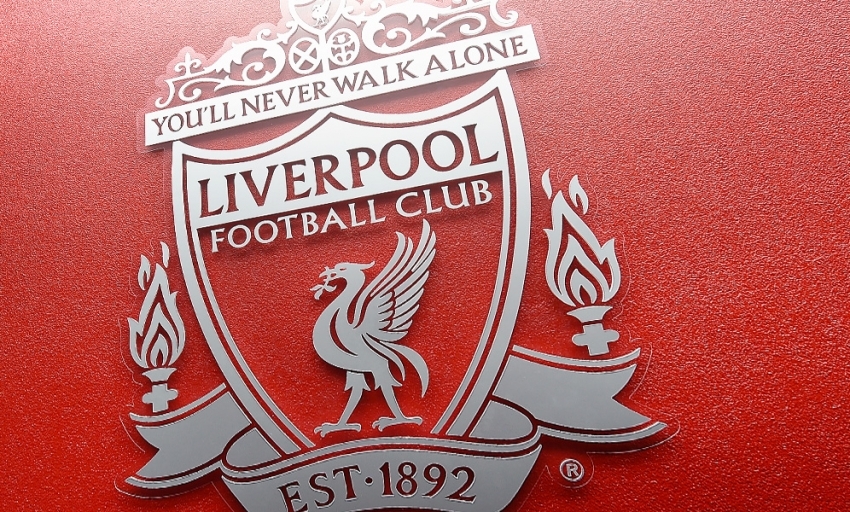Hillsborough inquests - May 18
The Hillsborough inquests commenced on March 31, 2014 and are the subject of reporting restrictions that have been imposed by the Attorney General's office. Liverpool Football Club is respectful of these restrictions and will therefore only be making available updates from other media channels for the duration of the inquest.

The report below - and the witness testimony contained within it - does not necessarily reflect the views of Liverpool FC. Please be aware that the reports on these pages will contain evidence about the day of the disaster which may be distressing.
To view archive reports from each day of the inquest hearings, click here.
Courtesy of the Guardian - May 18
A 14-year-old boy who was one of the 96 people to die at Hillsborough was found by a police officer lying unconscious in a tunnel at the back of the football stadium's Leppings Lane terraces, the new inquests into the disaster have heard.
Friends of the boy, Philip Hammond, said they had lost sight of him during one severe surge in the terrible crush in pen three of the terraces just before the 3pm kick-off of the FA Cup semi-final between Liverpool and Nottingham Forest on 15 April 1989.
In evidence about all Philip's known movements on the day of the disaster, the inquests heard nothing about how he came to be taken back to the tunnel from the crush in the pen and left on the ground alongside several other bodies.
Philip's father, Phil Hammond Snr said in a statement, read out in court, that Philip had left their home in Liverpool at 9.20am on the morning of the match to meet his friend Ian Southgate, then 18, and travel on a supporters' coach to Sheffield Wednesday's Hillsborough ground. The FA Cup semi-final was Philip Hammond's first away match watching Liverpool.
At Hillsborough, they went into pen three at about 1.30pm when it was quite empty and met another friend, Mark Preston, who said in his statement that it became steadily more packed. By 2.30pm, it was "unbearable" and, as the crush worsened, at about 2.55pm, Preston said he had hold of Philip's hand.
"All you could hear from the crowd was: 'Let us out," and 'please let us out,' and 'please Brucie: help us [addressed to Liverpool's then goalkeeper, Bruce Grobbelaar],'" Preston said in a 1989 statement, read to the jury by Christina Lambert QC, for the coroner, Sir John Goldring.
"About a minute after the game started, there was a hell of a big push from behind. I was holding Phil's hand and, with the force of the crowd pushing, Phil's hand slipped away from my grasp and he fell away. I did not see Phil after that."
A South Yorkshire police constable, Stephen Taylor, giving evidence in person, told the court that he found Philip lying unconscious among "several people laid on the ground within the tunnel".
Taylor carried Philip to the back of an ambulance. He felt a pulse in Philip's neck and worked with an ambulance officer, Jane Moffatt, to try to revive him. Philip's airways were blocked with liquid and vomit, the court was told, and another police constable, Andrew Sheil, ran to get oxygen from a fire crew. After about 15 minutes, an ambulance officer, Alan Smith, told Sheil to find the ambulance driver so that Philip could be taken to hospital.
Sheil, also giving evidence in person, told the court the ambulance driver was treating a casualty so he could not leave and gave the keys to Sheil, who drove the ambulance at high speed to Sheffield's Northern general hospital.
There, Taylor said, a doctor worked to try to revive Philip, while he continued to apply chest compressions and heart massage.
"Did it come to a point," Lambert asked, "that a decision was made concerning Philip?"
"Yes," Taylor replied.
"That decision was that no more could be done for him?"
"Yes," he said.
Philip's body was taken to the hospital's plaster room, which was being used as a temporary mortuary. A doctor, Janet Daw, certified him dead, with nine other people who had died at Hillsborough.
At 7pm that evening, Taylor went again to the hospital and transported Philip's body back to the Hillsborough football ground, taking him to the gymnasium, which South Yorkshire police was using to house all the dead bodies. Brian Hammond, Philip's uncle, identified his nephew there at 3.45am.
A photograph was shown on the court screens of the clothes Philip had been wearing at the football match: a brown knitted jumper with fawn motif, black Puma tracksuit bottoms and white trainers.
Anna Morris, representing the Hammond family, told both police officers she had been asked to thank them for the efforts they made to help Philip that day.
The boy's father, a former chair of the Hillsborough Family Support Group, was in court in a wheelchair listening to the evidence with his wife Hilda and their other son Graeme, who was 12 when Philip died. Hammond Snr was secretary, vice-chair then chair of the HFSG from 1999 until 2008, when he suffered a brain haemorrhage after banging his head on a shelf while working in the HFSG's offices. He was succeeded as chair of the group by Margaret Aspinall, the current chair, who was also in court, sitting close to the Hammond family.
The inquests continue.



